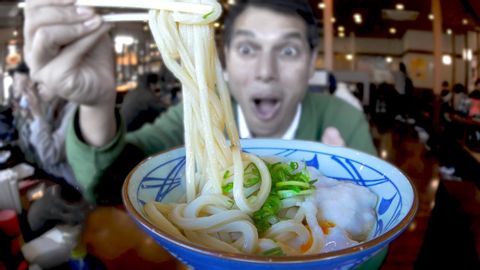
Subtitles & vocabulary
Udon Noodle Eating Spree & Tempura Binge ★ ONLY in JAPAN
00
林宜悉 posted on 2020/03/20Save
Video vocabulary
episode
US /ˈɛpɪˌsod/
・
UK /'epɪsəʊd/
- Noun
- One separate event in a series of events
- Show which is part of a larger story
B1TOEIC
More stick
US /stɪk/
・
UK /stɪk/
- Verb (Transitive/Intransitive)
- To push a sharp or pointed object into something
- To join together using glue or paste
- Countable Noun
- Long thin piece of wood from a tree
A2
More instinct
US /ˈɪnˌstɪŋkt/
・
UK /'ɪnstɪŋkt/
- Noun
- Natural way of thinking; intuition
- Natural way (person or animal) thinks, behaves
B1
More Use Energy
Unlock All Vocabulary
Unlock pronunciation, explanations, and filters
